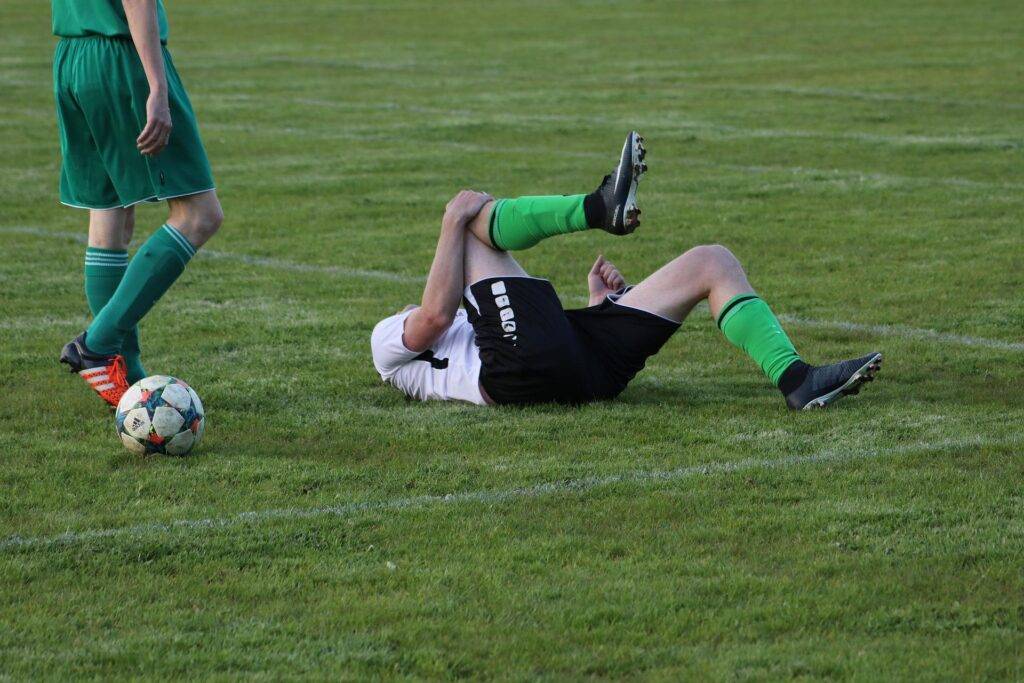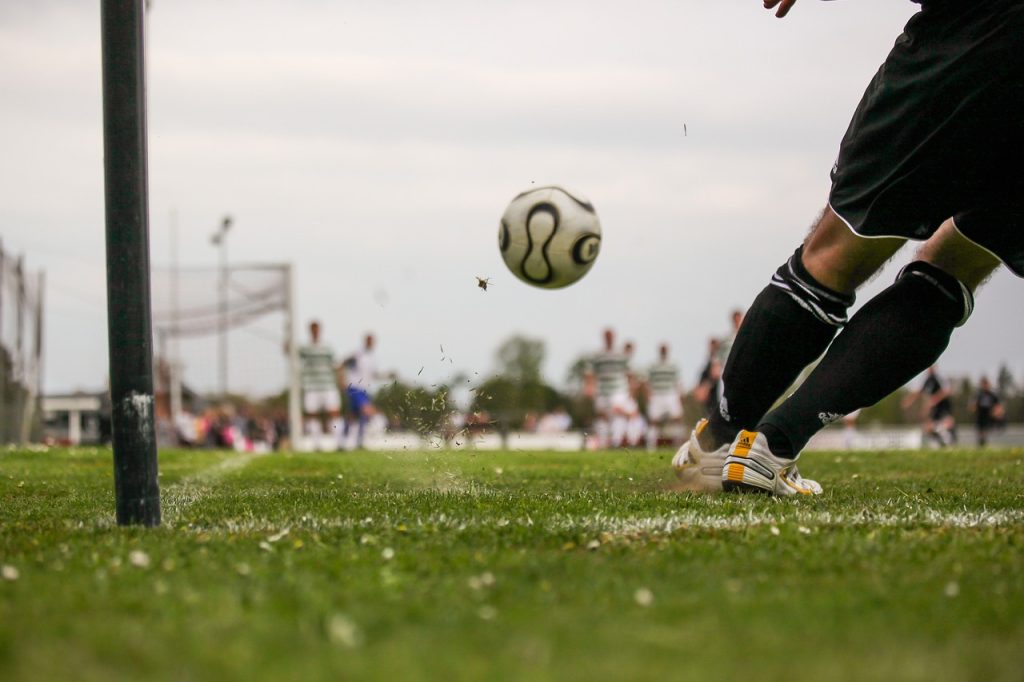
Osgood-Schlatter Disease – Is this the Cause of Your Player’s Knee Issues?
By Dr. Wishbah Akbar, Contributing Writer

Could Osgood-Schlatter Disease be the cause of your child’s knee pain while playing soccer? This kind of knee pain may be an indication of Osgood-Schlatter disease. It typically spurts during the growing age in the area below the knee joint where the patellar tendon is attached to the tibia or shin bone. This happens due to the inflammatory injury from repetitive knee movement when indulged in rigorous activity. Osgood-Schlatter is a self-limiting disease that goes away once the bones mature.
Fortunately, this illness is curable. You must follow a pretty simple fitness regimen. By giving this article a read, you will understand the treatment regimen for Osgood-Schlatter disease.
What Causes Osgood-Schlatter Disease
Growth plates consist of cartilage and are located at the ends of long bones in our body. Until you hit puberty, they aid in your bones’ entire growth.
The tibial tuberosity, a bony protrusion, overlaps the growth plate from the uppermost portion of the shin. It’s also where the patellar tendon attaches. Activity, especially sports involving running or jumping, causes the quadriceps muscles, which are present in the front part of the thigh, to pull on the patellar tendon, which then pulls on the tibial tuberosity.
This repetitive stress causes an inflammatory reaction around your growth plate, leading to pain and a lump right under your kneecap. Luckily, it is a temporary illness. You experience severe distress up to the age of skeletal maturity. After that, the growth plate causes no pain.
Ways to Relieve your Pain:
Osgood-Schlatter disease can hinder your mobility and limit your sports activity. Formerly, to relieve pain, RICE was used. Rest, Ice, Compression, and Elevation are all abbreviated as RICE. But now, the physiotherapists recommend stretches, strengthening exercises and painkillers.
Exercises can help you enhance your flexibility and strength and subside the stress off your knee. But a common issue that many people run into is that when the pain goes away, it can come back if the affected joint is put under stress. To prevent this flare-up, continue exercising and refrain from stressful activities even after the pain has subsided. Also, do icing for 15 to 20 minutes every 2 to 3 hours. It will help to reduce the inflammation in the area.
Stretching:
With the consultation of your physiotherapist, you may start following initial stretches: (1)
- Prone Quadriceps Stretch
- Ballet Hamstring Stretches
- Hamstring Doorway Stretch
- Calf Stretch
POINTS TO REMEMBER:
- Hold every stretch for 20 to 30 seconds.
- Keep it gentle. Avoid vigorous stretching as it may further worsen the inflammation.
Stretches relieve the strain on your tendon. They improve the flexibility of tissues and make them more tolerant of the stresses acting during activities.
Patellar Straps for Osgood-Schlatter Disease
You may have seen athletes wearing knee bands while practicing or exercising. Ever wondered what they are used for? Or what benefit do they supposedly provide?
Here’s the answer, knee bands or patellar straps are worn across the kneecap to treat the injury brought on by the patellar tendon’s repetitive motion. It lessens the stress on the tendon while supporting the underlying bony structure without impairing normal knee function
Likewise, in Osgood-Schlatter disease, the inflammation is supposed to be controlled by this patellar band, and the patient feels fewer symptoms upon movement. So, these bands are the real deal. They don’t just hide the pain or provide temporary relief. They limit excessive motion, thus controlling the inflammation and aiding in relieving the symptoms.
How to wear it?
The proper way to wear a patellar band is to position it halfway between the bottom of the
kneecap and the bump on the shin. Here it will apply pressure to the patellar tendon and relieve tension throughout the tendon and tibial tuberosity.
The Bottom Line
Stretches, patellar bands, and cold therapy are the best ways to tackle Osgood Schlatter’s Disease effectively.
This disease is undoubtedly a nightmare for fitness enthusiasts, but here’s the silver lining for all of you; it goes away with age and rest. So, give yourself time. Try wearing patellar straps and stretch regularly. Then, you are ready to take over as the year’s best olympian!!
Resources
- https://www.verywellhealth.com/exercise-program-for-osgood-schlatter-disease-4018922
- https://www.youthsportsortho.com/pdf/osgood-schlatter-disease.pdf
- https://medi-dyne.com/blogs/posts/how-to-prevent-osgood-schlatter-painhttps://medi-dyne.com/blogs/posts/how-to-prevent-osgood-schlatter-pain
Return to Homepage


